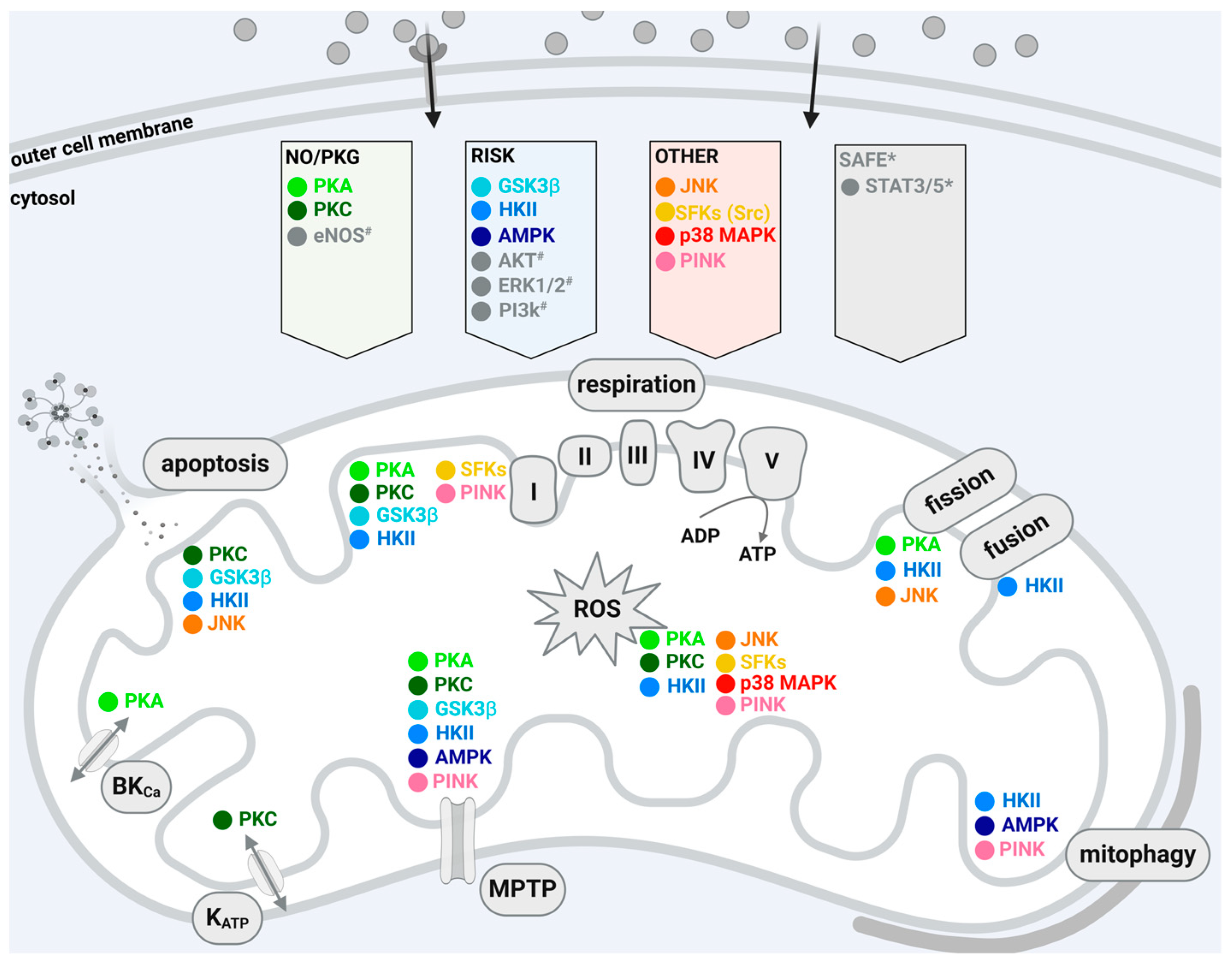activated protein kinase kinase 12 Biology Diagrams The most prominent mitotic kinase is the cyclin-dependent kinase 1 ( Cdk1),the founding member of the activity of Cdk2,in association with either cyclin A or cyclin E 1-3.Another kinase, Isolating the mitotic kinase activity of a promiscuous kinase. (a): CK1α is a Ser/Thr protein kinase involved in many diverse cellular processes. (b): Selective recruitment of CK1α to spindle microtubules by FAM83D: In interphase, the FAM83D-HMMR complex cannot associate with CK1α.

The activity level of Polo kinases peaks during M phase, and they are degraded by the proteasome after exit from mitosis. The most prominent mitotic kinase is the cyclin-dependent kinase 1 In 1996, Kim Nasmyth 1 proposed that the eukaryotic cell cycle is an alternating sequence of transitions from G 1 to S-G 2-M and back again.These two phases correlate to high activity of cyclin-dependent kinases (CDKs) that trigger S-G 2-M events and CDK antagonists that stabilize G 1 phase. We associated these "alternative phases" with the coexistence of two stable steady states of the

A mitotic stopwatch determines cell fate Biology Diagrams
The CPC is itself stabilized at chromosomes by Borealin, ensuring the continued activity of Aurora B kinase and the efficient recruitment of condensins. 18 When Borealin is knocked-out by RNA interference, mitotic progression is delayed and the consequence is "kinetochore-spindle misattachments and an increase in bipolar spindles associated

The composition of m-Cdk involves cyclin-dependent kinases (Cdks) and their regulatory partners, cyclins. Central to this complex is the Cdk1 enzyme, which, when bound to cyclin B, forms the active m-Cdk complex. This binding dictates the kinase's activity and ensures that m-Cdk activity is precisely timed to the cell cycle's needs. Decades ago, scientists discovered cyclin-dependent kinases (CDKs), proteins that act as master regulators of the cell cycle. As their name indicates, the activity of CDKs is controlled by cyclins Looking at mitotic kinases from a structural perspective, it becomes apparent that kinase activation is not a binary process (from inactive to active), but that there are intermediate states that may exhibit varying degrees of activity . We will refer to these as either 'inactive' or 'partially active' states, because it is difficult to
